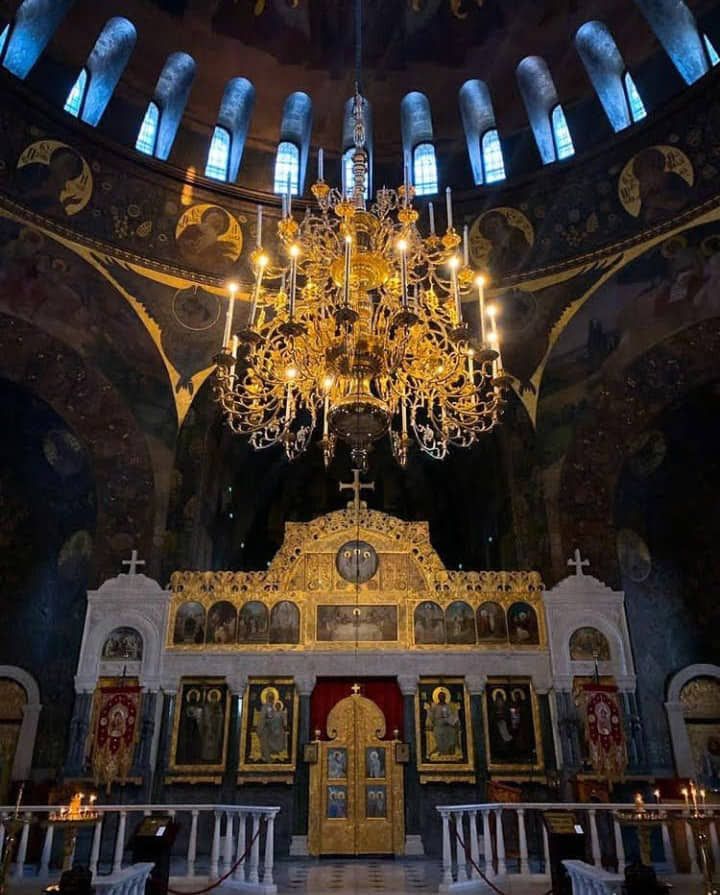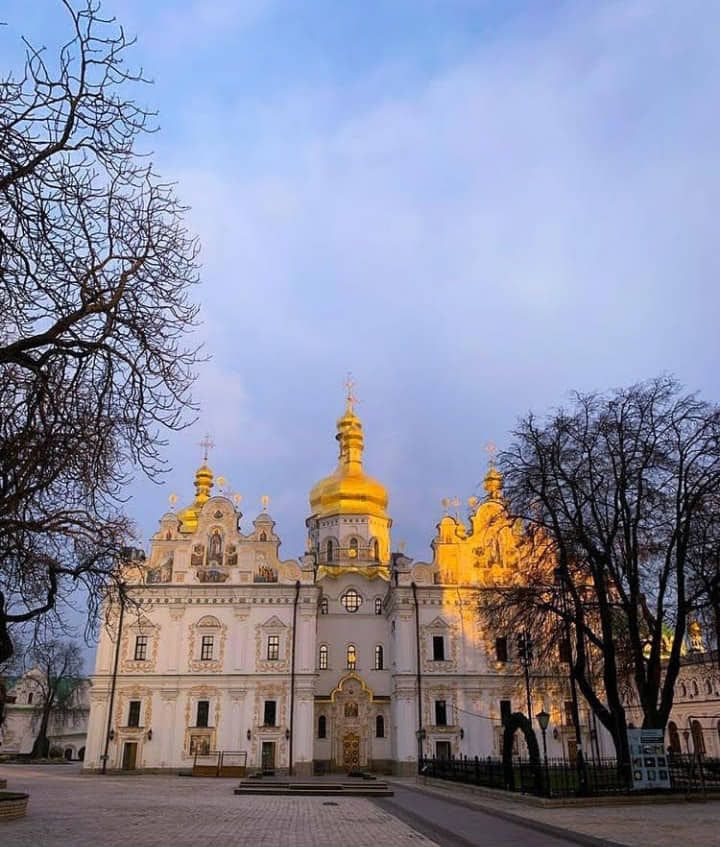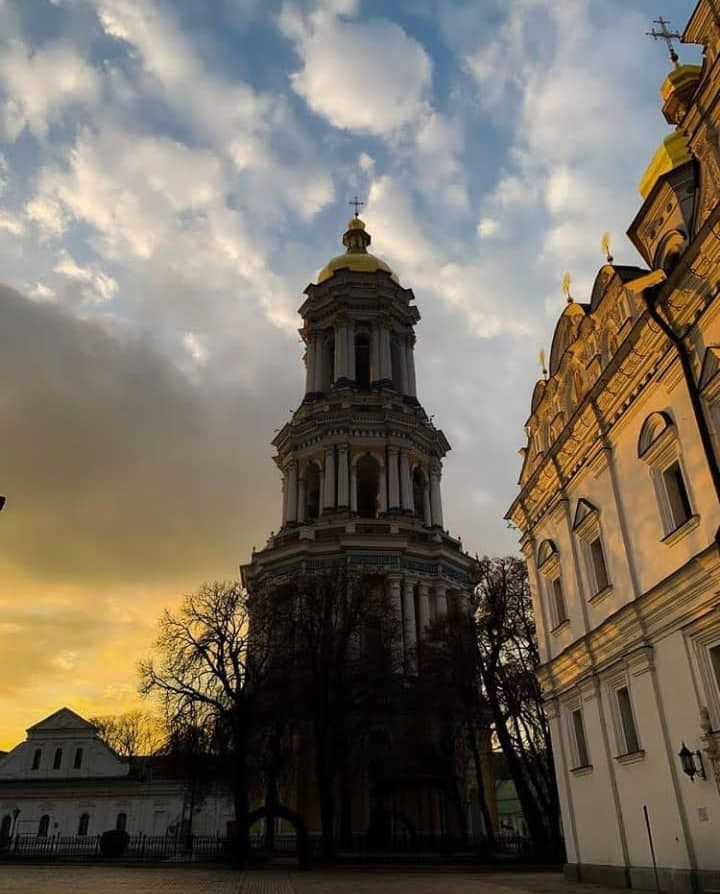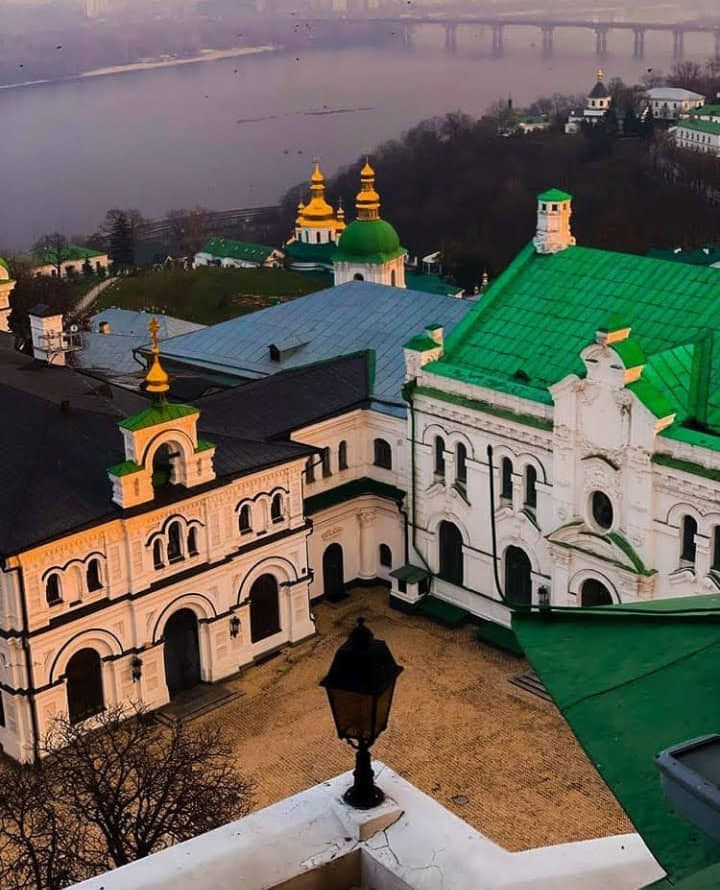
Лавра – одна з найбільших і найграндіозніших православних святинь України. Монастир УПЦ зі статусом лаври. Заснований у 1051 році, за князя Ярослава Мудрого, монахом Антонієм як скельний монастир.Лавра вважається одним з перших монастирів на Русі, який дав початок чернецтву. Великий внесок у будівництво монастиря зробив один з перших учнів Антонія Феодосій (або Феодосій), при абатстві якого було зведено багато теракотових будівель і головний собор. Протягом століть монастир був центром місіонерства та просвіти..
The Lavra is one of the largest and grandest Orthodox shrines in Ukraine. UOC monastery with the status of a lavra. Founded in 1051, during the reign of Prince Yaroslav the Wise, by the monk Anthony as a rock monastery. The Lavra is considered one of the first monasteries in Russia, which gave rise to monasticism. A great contribution to the construction of the monastery was made by one of the first disciples of Anthony Theodosius (or Theodosius), under whose abbey many terracotta buildings and the main cathedral were erected. For centuries, the monastery was a center of missionary work and enlightenment..

Після переходу преподобного Варлаама ігуменом до Свято-Дмитріївського монастиря, заснованого князем Ізяславом, преподобний Антоній благословляє преподобного Феодосія як найскромнішого і найпослушнішого з братів обителі. Коли в монастирі було 100 ченців, Феодосій послав одного з ченців у Константинополь до євнуха Ерефема, щоб той переписав статут Студійського і відвіз його до Києва..
After the transition of Reverend Varlaam as hegumen to the St. Dmitriiv Monastery founded by Prince Izyaslav, Reverend Antony blesses Reverend Theodosius as the most humble and obedient of the brothers of the monastery. When there were 100 monks in the monastery, Theodosius sent one of the monks to Constantinople to the eunuch Erephemus to rewrite the statute of Studiysky and take it to Kyiv..

На основі Учення та чернечих статутів було укладено Печерський статут, якого згодом дотримувалися всі монастирі Київської Русі.
Важливою подією стало закладення та будівництво храму Успіння Богородиці, який за 15 років звели грецькі архітектори та іконописці. А освячений він був у 1089 році митрополитом Іоанном. У розписі храму брав участь Аліпій, який вважається родоначальником іконопису, крім грецького. У 1091 році мощі святого Теодосіо були поміщені в церкві. Преподобний Антоній за заповітом похований на Ближніх печерах..
On the basis of the Teachings and monastic statutes, the Pechersky Statute was concluded, which was later followed by all the monasteries of Kyivan Rus.
An important event was the foundation and construction of the Church of the Assumption of the Virgin Mary, which was built by Greek architects and icon painters in 15 years. And he was consecrated in 1089 by Metropolitan John. Alipius, who is considered the progenitor of icon painting, except for Greek, took part in the painting of the temple. In 1091, the relics of Saint Theodosio were placed in the church. According to his will, Saint Anthony was buried in the Near Caves..

Багато печерських ченців стали місіонерами і почали проповідувати християнство. Літописи були пов’язані з Києво-Печерським монастирем. Найдавнішим із відомих нам літописців був чернець Никон, ігумен Печерського монастиря. Автором Печерського літопису вважають преподобного Нестора Літописця, який у 1113 році закінчив свою «Повість минулих літ», а також у Польщі, Вірменії, Візантії, Болгарії та інших країнах..
Many cave monks became missionaries and began to preach Christianity. The chronicles were connected with the Kiev-Pechersk Monastery. The oldest of the chroniclers known to us was the monk Nikon, abbot of the Pechersk Monastery. The author of the Pechersk Annals is considered to be Saint Nestor the Chronicler, who finished his "Tale of Bygone Years" in 1113, as well as in Poland, Armenia, Byzantium, Bulgaria and other countries..

Наприкінці XVI ст., долаючи різноманітні труднощі, пов’язані з покатоличенням українських земель, а також втручанням у внутрішнє життя Лаври короля та магнатів, монастир активно відроджується: відбудовує храми, купує нові землі. І хоча монастир уже не мав тієї давньої слави, яку мав у перші століття свого існування, він залишався одним із найважливіших духовних, освітніх і культурних центрів України. Нова хвиля відродження Печерського монастиря, зростання його духовного авторитету починається в період боротьби з унією, коли монастир очолювали, кожен у свій час, такі видатні постаті, як архімандрити Никифор Тур, Єлисей Плетенецький. , Захарій Копистенський, Св. Митрополит Петро Могила, Інокентій Гізель та ін. Тому початок книгодрукування в Києві пов'язують з ім'ям Єлисея Плетенецького. Першою книгою, виданою в друкарні Києво-Печерської лаври, що збереглася до наших днів, є «Часословець» (1616-1617). У 1680-1690 роках у Лаврі ченців Батуринського Крупицького монастиря майбутній святитель Димитрій Ростовський склав «Житія святих»..
At the end of the 16th century, overcoming various difficulties associated with the Catholicization of Ukrainian lands, as well as interference in the internal life of the Lavra of the king and magnates, the monastery is actively reviving: rebuilding churches, buying new lands. And although the monastery no longer had the ancient glory it had in the first centuries of its existence, it remained one of the most important spiritual, educational and cultural centers of Ukraine. The new wave of revival of the Pechersk monastery, the growth of its spiritual authority begins during the period of struggle with the union, when the monastery was headed, each in its own time, by such outstanding figures as archimandrites Nikifor Tur, Elisey Pletenetsky. , Zakhary Kopystenskyi, St. Metropolitan Petro Mohyla, Innokenty Gisel and others. Therefore, the beginning of book printing in Kyiv is associated with the name of Elisey Pletenetsky. The first book published in the printing house of the Kyiv-Pechersk Lavra that has survived to this day is "Chronicle" (1616-1617). In the years 1680-1690, in the Lavra of the monks of the Baturyn Krupytsk monastery, the future Saint Dimitriy Rostov wrote the "Lives of the Saints"..
Congratulations, your post has been upvoted by @oscarps, from the @phototalent curation account